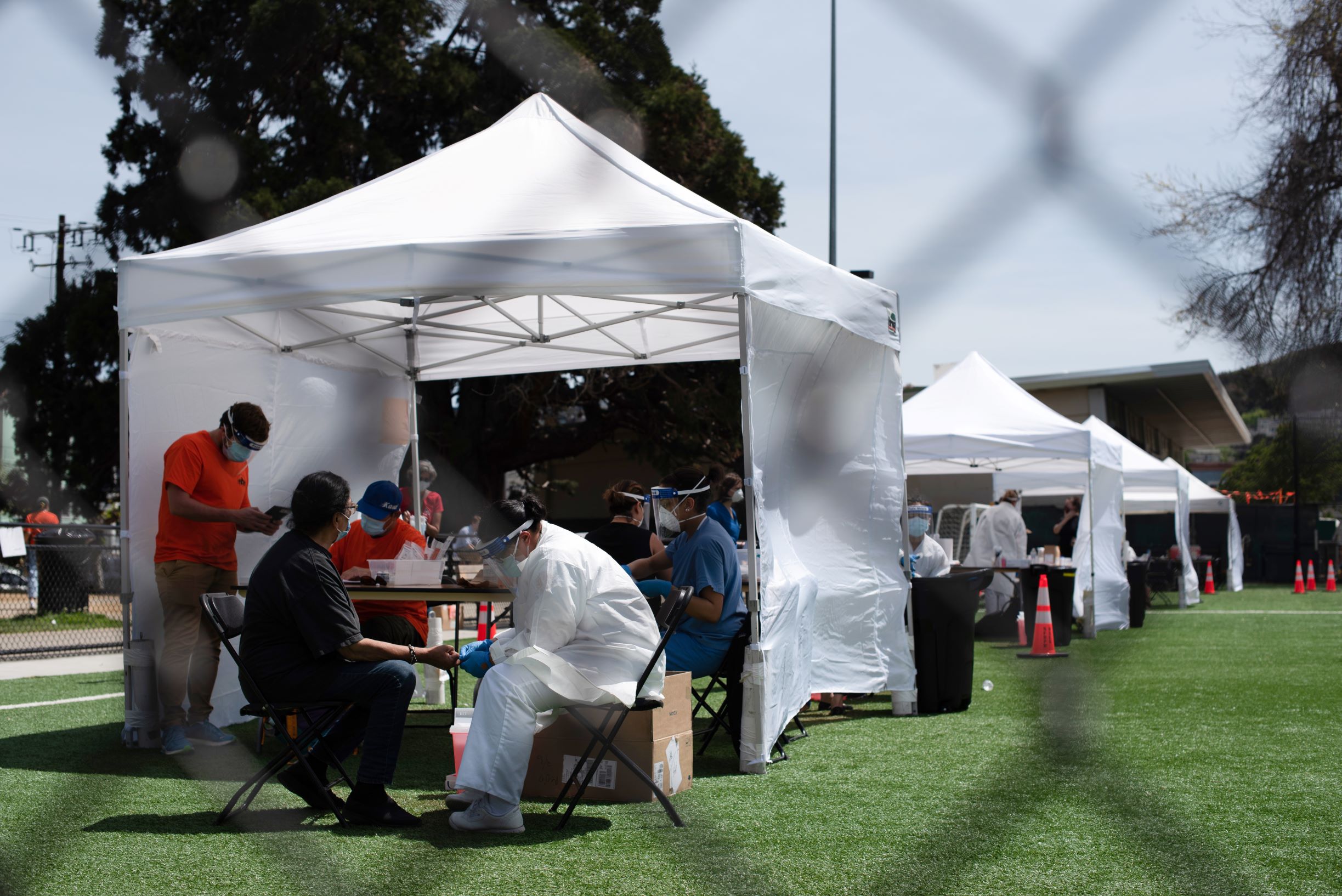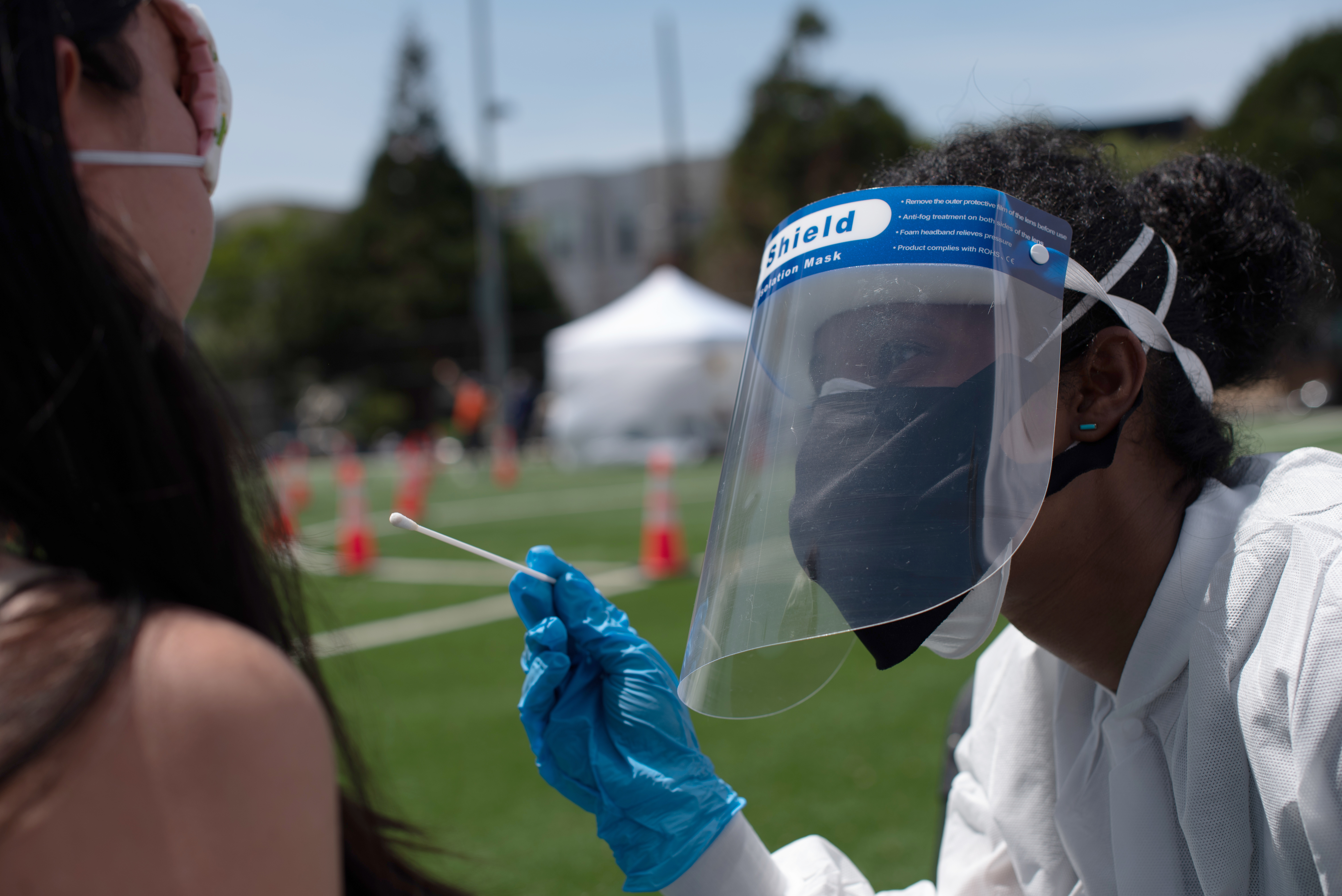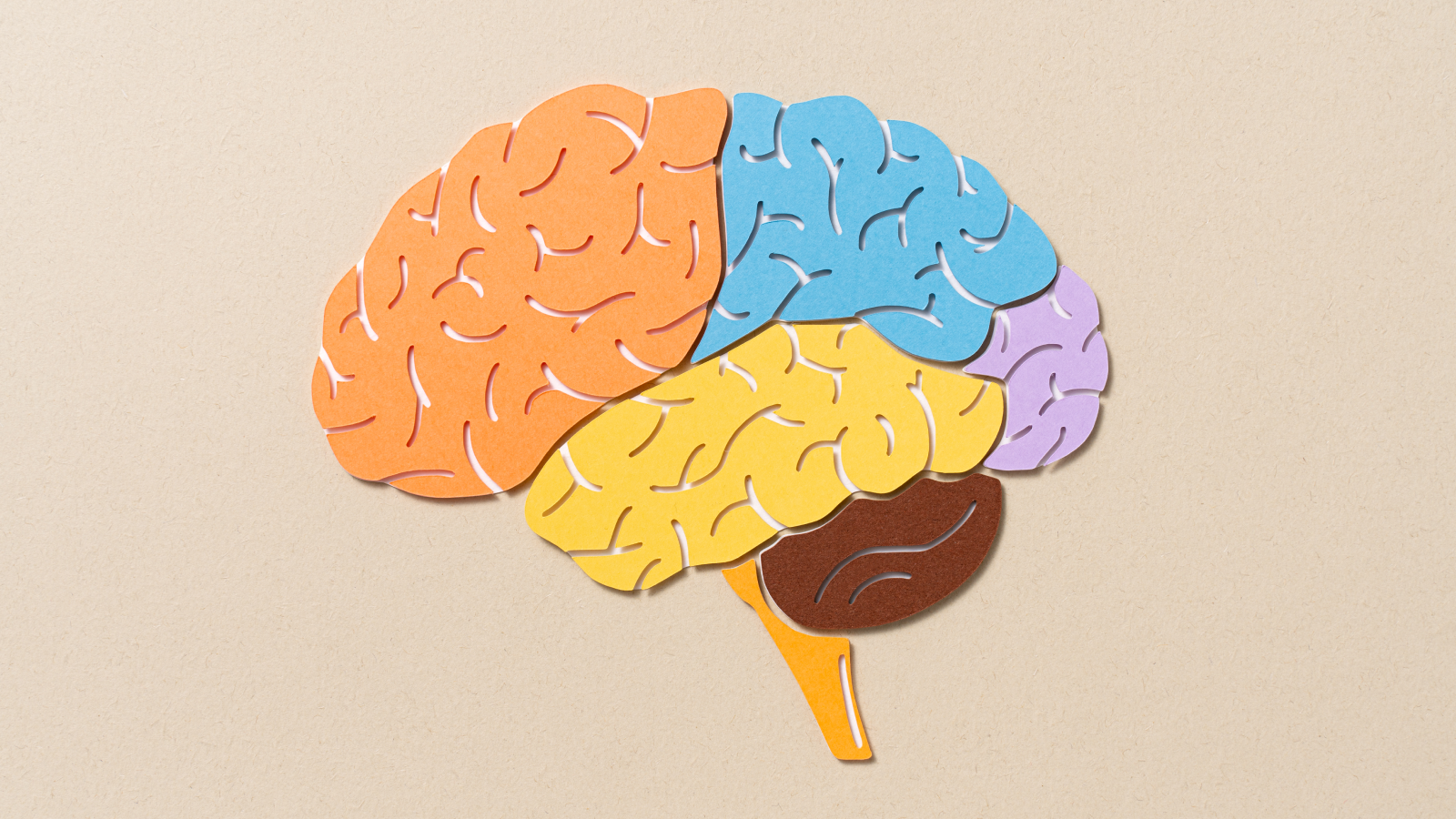San Francisco COVID-19 testing reveals stark burden on the poor and marginalized
People who can't shelter in place are being hit very hard by the virus.

A COVID-19 mass testing effort within San Francisco's Mission District — which aimed to broadly test individuals regardless of symptoms — found stark inequalities in how the virus is affecting different groups. About 95% of the people who tested positive were Latino, and the vast majority could not work from home. Not a single white person tested positive, despite making up about a third of the people who were tested.
The findings highlight just how hard it is to avoid the virus if you cannot shelter in place or work from home.
Overall, about 2% of residents and workers who participated in the study in late April tested positive for the disease. Only about half of those who tested positive reported having symptoms of COVID-19.
The findings suggest that "active infections are not evenly distributed across the community," study researcher Dr. Diane Havlir, a professor of medicine and chief of the HIV/AIDS Division at the University of California, San Francisco, said in a news briefing on Monday (May 4). Low-wage essential workers in the Latino community were most affected, she said. Many of those people worked in construction or in the food and beverage industry, according to the study.
"Hopefully, with this data we can respond and start putting resources to work towards more equity in supporting this highly impacted community," Havlir said in a statement.

The study focused on a particularly densely populated census tract in the Mission District, which has 5,700 residents, about 58% percent of whom are Latino.
Over a 4-day testing period beginning on April 25, the researchers tested 2,959 residents of the census tract and people who worked in the area, as well as 800 people who lived in the next census tract over, and 401 school teachers and other volunteers who worked in the neighborhood.
Get the world’s most fascinating discoveries delivered straight to your inbox.
Among the 2,959 residents and workers, 2.1% tested positive for COVID-19. Those who worked in the census tract, but didn't live there, were even more likely to test positive, with 6.1% of workers testing positive versus 1.4% of residents.
Among those living in the blocks nearby (but not officially in the census tract), 1.4% tested positive.
The overwhelming majority of those who tested positive were Latino, and 75% were men.
Nine out of 10 of these people said they could not work from home. That compares with 57% of the overall sample of workers and residents who reported not being able to work from home. Not being able to "shelter in place" at home may put people at greater risk of exposure to the infection.
In addition, about 89% of those who tested positive made less than $50,000 a year, even though this group made up just 39% of the overall sample.
"The virus exploits preexisting vulnerabilities in our society," Havlir said. "Our community-based screening study emphasizes how high infection risk continues to be for this population."
Related: Can antibody tests tell if you're immune to COVID-19?
Among those who tested positive, only 47% reported symptoms, including cough, muscle aches and fever, while the rest reported no symptoms.
Few of those who tested positive had a primary care doctor, and the screening project worked to connect those who tested positive with appropriate medical care.
The findings have limitations. The researchers tested only an estimated 55% of residents of the census tract. Some residents may have avoided testing due to fear of needing to isolate or quarantine, fear of being tracked by government agencies, or fear of negative impact on local businesses if the neighborhood were to be labeled as a COVID-19 hotspot, Havlir said.
It's unclear how well the findings translate to the San Francisco population as a whole, although the researchers suspect that infection rates are higher in this area due to socioeconomic factors that contribute to the spread of the virus (such as those with lower incomes needing to work outside the home and sharing households with more members.)
However, "the findings here don't mean that the Mission is a less safe place to be than anywhere else," said Dr. Susan Philip, director of Disease Prevention and Control for San Francisco Department of Public Health. Everyone needs to take precautions, including social distancing, to reduce the spread of the virus.
The researchers plan to conduct repeat COVID-19 testing in this same census tract in three month and again in six months, which will help researchers assess whether interventions to reduce the spread are working. The researchers also hope to expand this mass testing to other San Francisco neighborhoods.
The team also conducted antibody testing, which show a past infection with COVID-19, but those results won't be available for a few more weeks.
The Mission screening project, known as Unidos En Salud, is a partnership between Mission community organizers in the Latino Task Force for COVID-19, UCSF researchers, the City and County of San Francisco, and the San Francisco Department of Public Health (DPH).
- The 12 deadliest viruses on Earth
- 20 of the worst epidemics and pandemics in history
- 13 Coronavirus myths busted by science
Originally published on Live Science.
OFFER: Save 45% on 'How It Works' 'All About Space' and 'All About History'!
For a limited time, you can take out a digital subscription to any of our best-selling science magazines for just $2.38 per month, or 45% off the standard price for the first three months.

Rachael is a Live Science contributor, and was a former channel editor and senior writer for Live Science between 2010 and 2022. She has a master's degree in journalism from New York University's Science, Health and Environmental Reporting Program. She also holds a B.S. in molecular biology and an M.S. in biology from the University of California, San Diego. Her work has appeared in Scienceline, The Washington Post and Scientific American.



